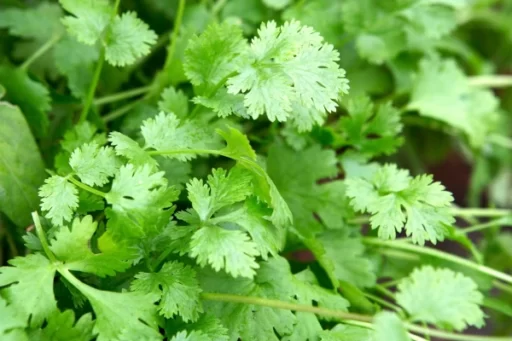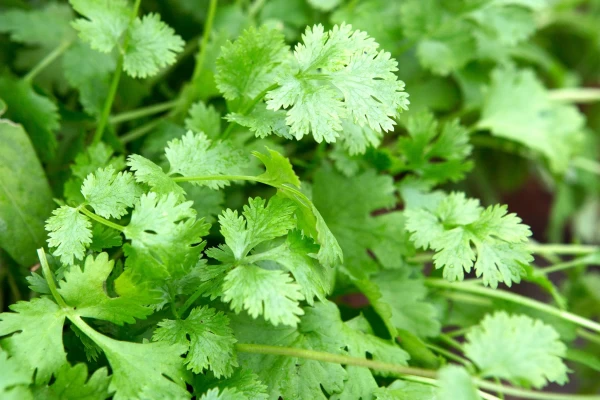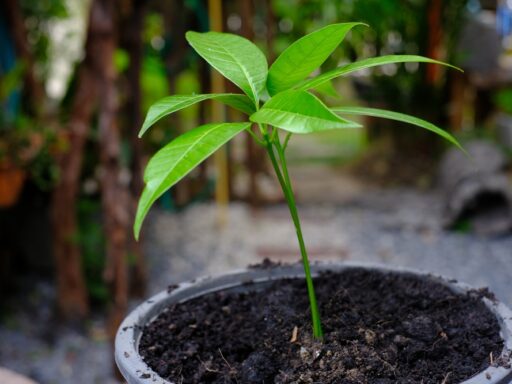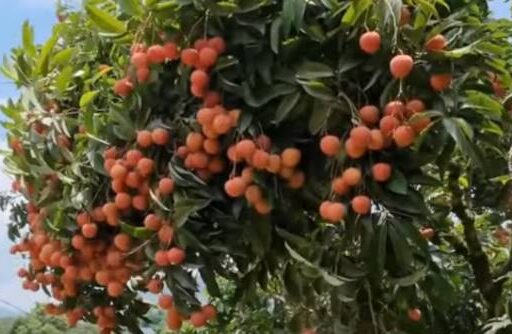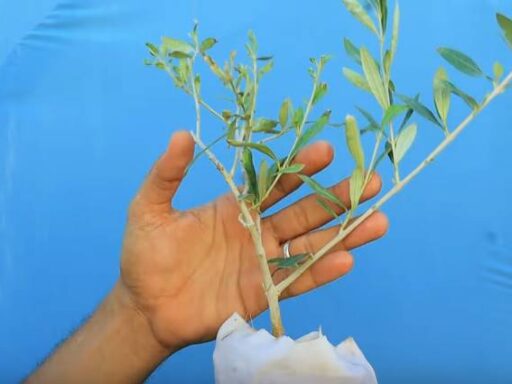Growing coriander can be a challenge, especially in hot climates. However, with the right techniques and knowledge, you can successfully grow this herb throughout the year, regardless of the season. In this guide, we’ll walk you through the process step by step, ensuring a successful harvest.
Selecting the Right Seeds
The first and most important step in growing coriander is selecting the right seeds. There are two main types of coriander seeds:
- Winter Seeds: These are larger and are typically planted during the colder months.
- All-Season Seeds: These smaller seeds can be planted year-round, but are especially suitable for summer planting as they germinate faster.
It’s crucial to understand the type of seed you’re using, as the success of your crop largely depends on it. You can purchase coriander seeds from a specialized seed store or even from a local herbalist.
Preparing the Seeds for Germination
Coriander seeds can be slow to germinate, so you’ll need to prepare them properly. Here’s a simple technique to speed up the germination process:
- Lightly crack the seeds: Coriander seeds naturally contain two halves, and by gently cracking them, you encourage faster growth under the soil.
- Soaking in water: If planting during the colder months, soak the seeds in water for a full day before planting to ensure proper hydration.
For summer planting, an alternative method is to place the seeds in a damp tissue and store them in the refrigerator. This mimics cooler temperatures and helps the seeds sprout faster.
Preparing the Soil
Coriander grows best in light, well-draining soil. A sandy soil mix is ideal, as it allows water to pass through easily, preventing the seeds from becoming waterlogged. Avoid using clay-heavy soils, as they retain too much moisture and can hinder germination.
You can create a suitable soil mix by combining regular garden soil with sand. Ensure the mixture is well blended before planting your seeds.
Planting the Seeds
After your seeds have been prepared, it’s time to plant them. Spread the seeds evenly across the soil’s surface, then lightly cover them with a thin layer of soil. Make sure not to pack the soil too tightly, as coriander seeds need space to grow.
If you’re planting in small containers, such as pots or trays, make sure there is adequate drainage. Waterlogging can kill the seeds, especially in the early stages of growth.
Watering and Care
When watering coriander, it’s important not to overwater. Coriander is sensitive to excess moisture, and overwatering can lead to rotting roots. Instead, use a spray bottle to mist the soil gently, ensuring that it stays moist but not soggy.
Keep the seeds in a shaded area during the early stages of growth. Direct sunlight can dry out the soil too quickly. After the seeds have sprouted, you can gradually expose them to sunlight for a few hours a day.
Germination Timeline

In optimal conditions, coriander seeds should sprout within six days. If you plant the seeds directly in soil without pre-soaking or pre-cracking, germination may take up to 10 or 15 days. In some cases, seeds might not germinate at all due to improper preparation, so it’s always best to follow these steps carefully.
Harvesting and Pruning
Once the coriander plants have sprouted, continue to water them lightly, ensuring the soil remains moist. After about 15 days, the plants should be large enough to harvest. The first harvest might yield weak plants, but after pruning, the second growth will be stronger and healthier.
Pruning your coriander plants regularly encourages new growth. Simply trim the leaves and use them in your cooking, then allow the plant to regrow. The more you trim, the bushier and more productive the plant will become.
Fertilization
Coriander doesn’t require heavy fertilization. A simple, natural fertilizer made from banana peels is sufficient. Cut up some banana peels and let them ferment in water for two days. Then, dilute the mixture with regular water and use it to fertilize your plants.
Be sure to replace the water after each use to avoid contamination and prevent your plants from rotting.
Final Tips
For those planting coriander in the summer, it’s best to expose the plants to sunlight for just a couple of hours each morning. During the winter, you can leave them in the sun all day. Regular pruning will keep the plants strong and healthy, so don’t hesitate to trim the leaves as they grow.
Growing coriander may seem difficult at first, but by following these simple steps, you’ll be able to enjoy fresh coriander year-round.

